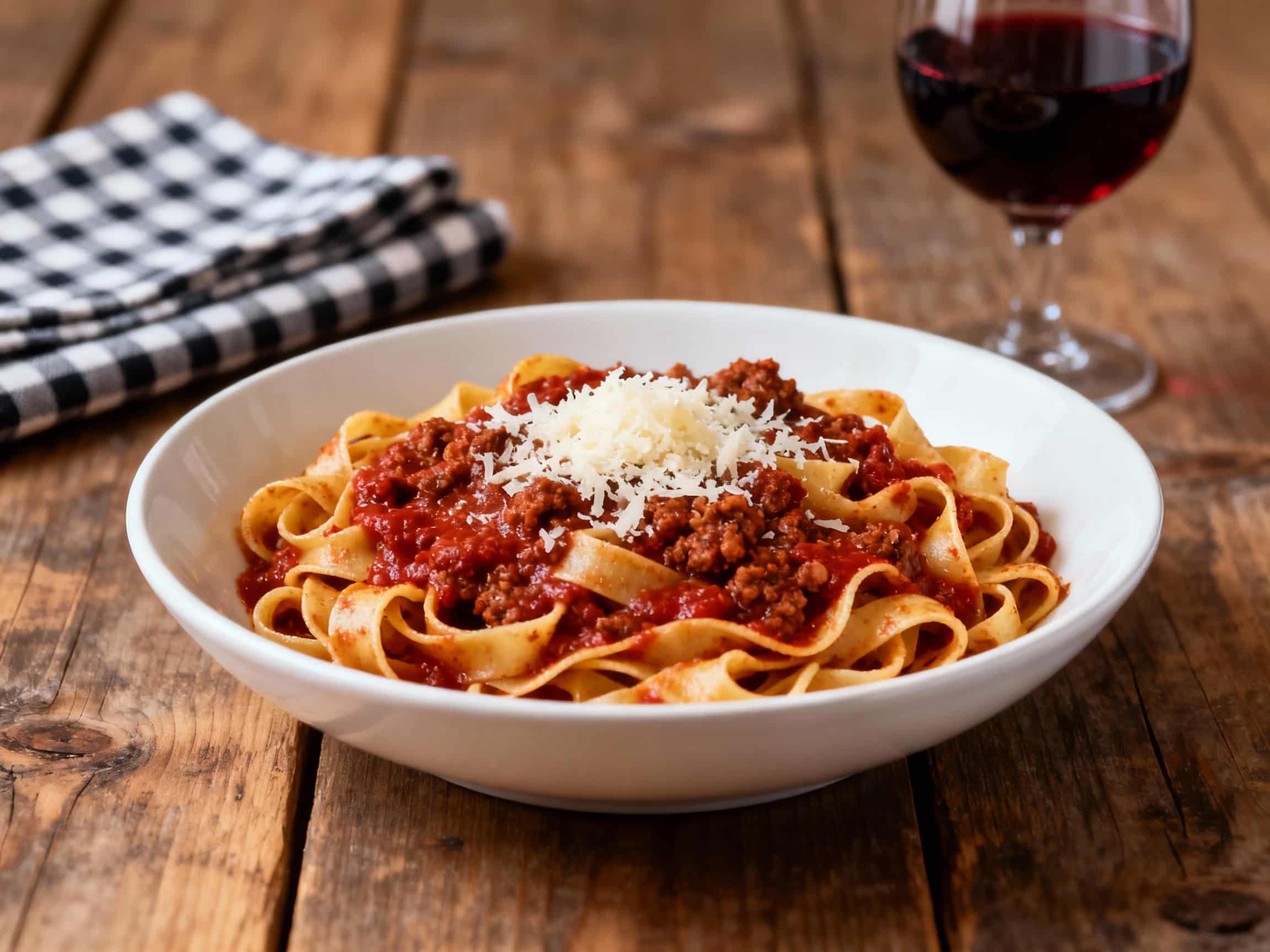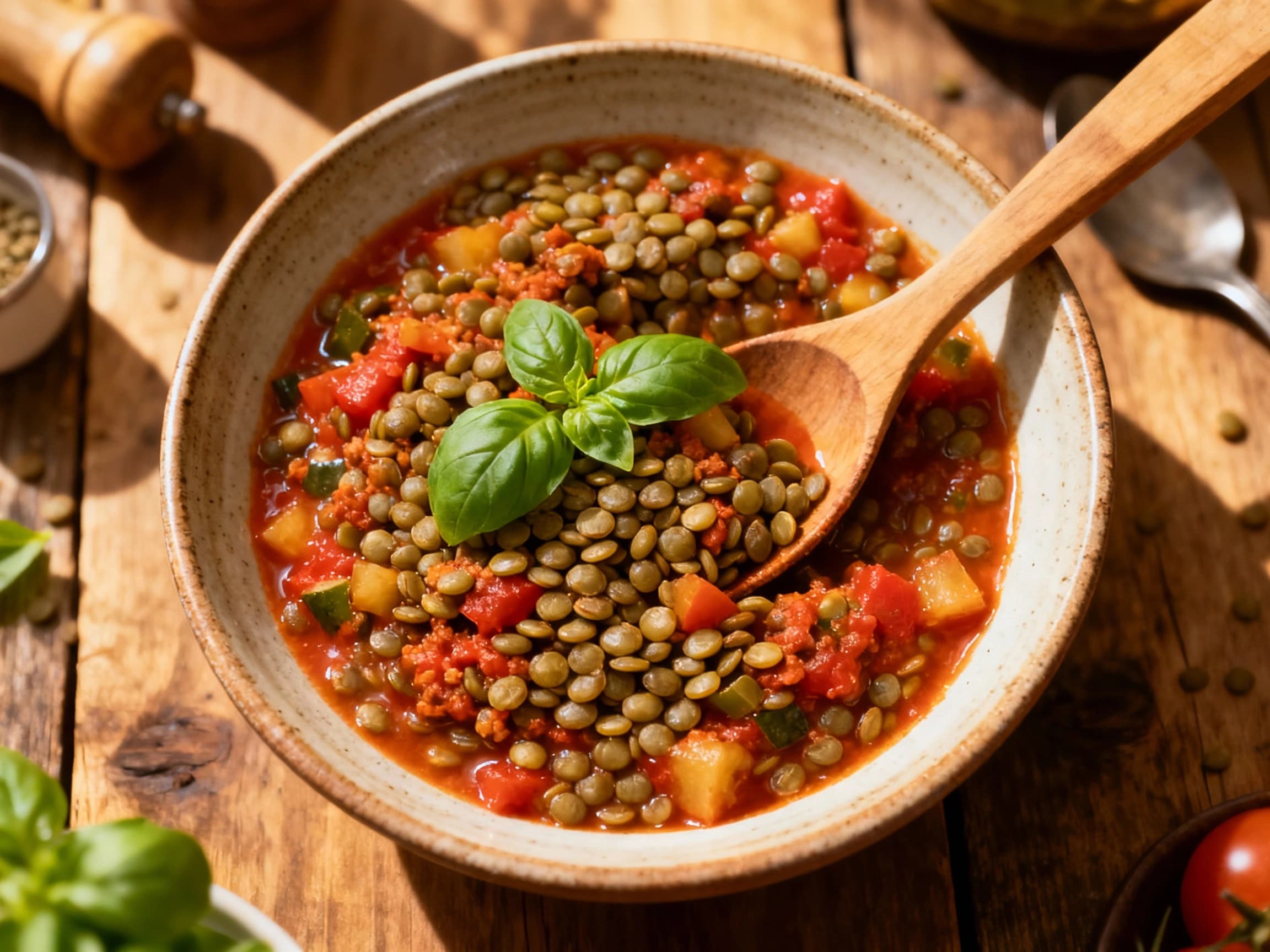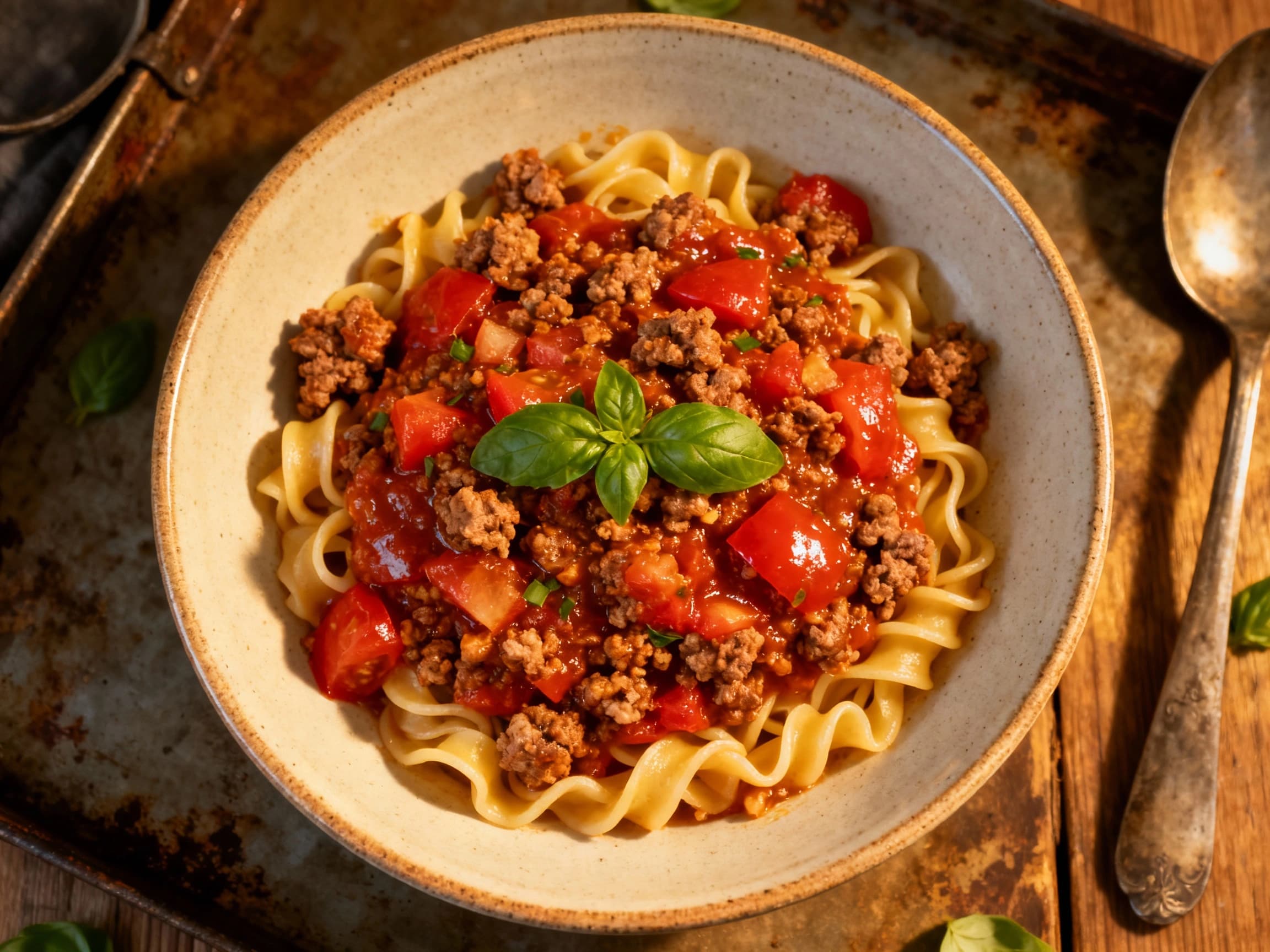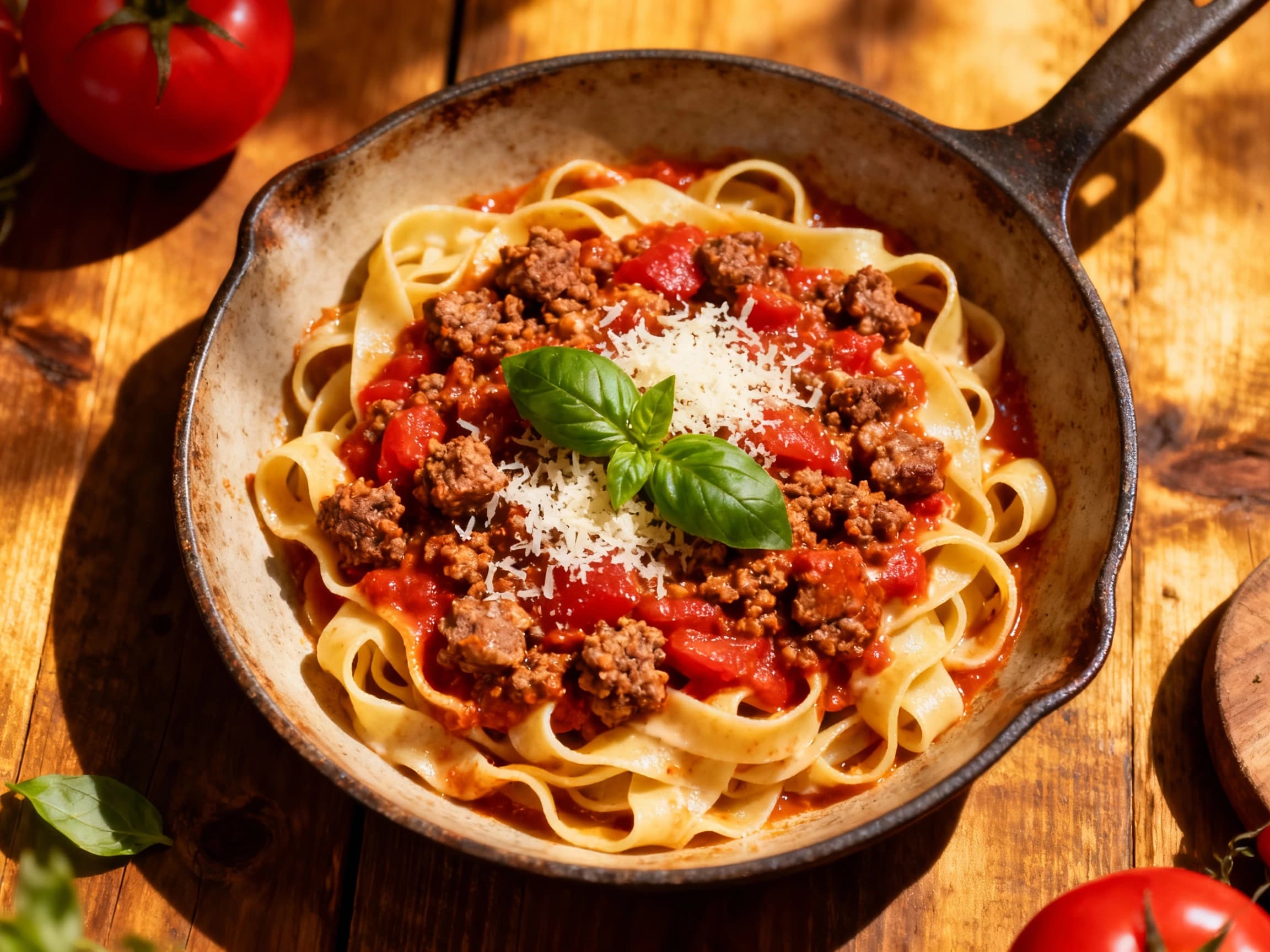
Bolognese Sauce
Ragù alla Bolognese
- Country
- Italy
- Region
- Emilia-Romagna
- Recipes
- 3 Recipes
Dish information
Bolognese Sauce, or Ragù alla Bolognese, is a culinary pillar of Emilia-Romagna, a region celebrated as Italy's gastronomic heartland. This rich, slow-cooked meat sauce originated from Bologna, with historical roots tracing back to the Roman Empire's early forms of 'ragouts' or stews. However, the modern iteration, characterized by finely minced or ground meat, pancetta, soffritto (a base of onion, carrot, and celery), and often tomatoes, milk, or wine, began to solidify in the 18th century. The earliest definitive recipe for a ragù akin to Bolognese appeared in Pellegrino Artusi's influential 1891 cookbook, 'Science in the Kitchen and the Art of Eating Well,' specifying beef, pancetta, vegetables, and a long cooking time. Artusi's recipe also famously recommended adding mushrooms and a small glass of cream. The use of 'maccheroni' in the original recipe has evolved, with tagliatelle becoming the traditional pasta pairing in Bologna due to its wide, flat surface perfectly clinging to the rich sauce. The Accademia Italiana della Cucina officially registered a specific Bolognese ragù recipe in 1982, ensuring its authenticity and heritage. Bolognese has become globally synonymous with Italian comfort food, though many international versions deviate significantly from the true Bolognese, which is never served with spaghetti in its region of origin. It embodies the 'slow food' ethos, representing patience, quality ingredients, and a deep respect for tradition.
Timeline
Emergence of meat stews (ragù) in aristocratic Bolognese kitchens.
Pellegrino Artusi publishes first formal recipe for 'ragù alla bolognese' in his cookbook.
Bolognese sauce gains international recognition, often adapted with spaghetti.
The Accademia Italiana della Cucina formally registers a traditional recipe for Ragù alla Bolognese.
Global increase in awareness of authentic Italian culinary traditions, including proper ragù pairings.


